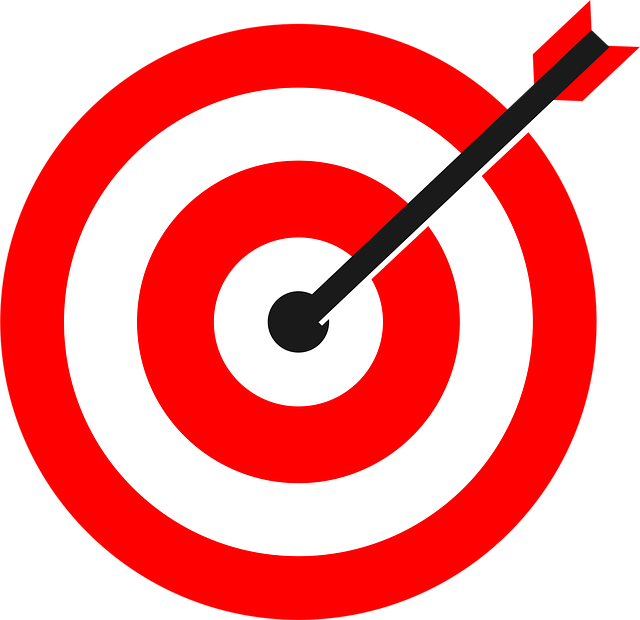AI drone-based lot imaging classification transforms home insurance by providing high-resolution data for accurate risk assessment. Machine learning algorithms analyze building materials, age, environmental factors, and wear & tear, enabling faster underwriting and tailored policies with lower premiums. This innovative technology streamlines claims processing and offers a revolutionary approach to precise mobile home insurance risk modeling.
The insurance industry is experiencing a quiet revolution with the integration of AI and advanced technologies, particularly in mobile homes insurance. This article explores how artificial intelligence (AI) and drone-based lot imaging are transforming risk modeling. We delve into the role of AI in enhancing traditional home insurance assessments, focusing on drone imaging to capture detailed lot data for comprehensive analysis. Furthermore, we discuss classification techniques that leverage these technologies to accurately assess risk, offering a fresh perspective on this sector.
- AI's Role in Home Insurance: A New Perspective
- Drone Imaging: Capturing Lot Data for Analysis
- Classification Techniques: Accurately Assessing Risk
AI's Role in Home Insurance: A New Perspective

Artificial Intelligence (AI) is transforming the landscape of home insurance, offering a fresh perspective on risk modeling and assessment. One of the most innovative applications is AI drone-based lot imaging classification, which provides detailed and precise data about properties from above. This technology captures high-resolution images, allowing insurers to analyze structures, surroundings, and potential hazards with unprecedented accuracy.
By utilizing machine learning algorithms, AI can identify and classify various features such as building materials, age of the property, proximity to water bodies or fire stations, and even signs of wear and tear. This not only speeds up the underwriting process but also enhances the overall accuracy of risk assessment, leading to more tailored insurance policies and potentially lower premiums for customers.
Drone Imaging: Capturing Lot Data for Analysis

Drone imaging is transforming the way mobile home insurance risk modeling is conducted by providing unprecedented levels of detail and accuracy. By capturing high-resolution, 3D images from above, AI algorithms can analyze lot data in a way that was previously impossible. This technology allows insurers to identify potential risks such as structural vulnerabilities, accessibility issues, and surrounding environmental factors that could impact the value and safety of the mobile home.
AI drone-based lot imaging classification offers a more comprehensive view of the property, enabling insurers to make informed decisions about risk assessment and pricing. The detailed data gathered can also aid in claims processing by providing visual evidence of damage or deterioration, leading to faster and more accurate claim settlements. This innovative approach is revolutionizing mobile home insurance, ensuring safer and fairer coverage for all.
Classification Techniques: Accurately Assessing Risk

In the realm of AI mobile homes insurance risk modeling, accurate risk assessment is paramount. One innovative approach leveraging AI drone-based lot imaging classification techniques promises to revolutionize this process. By capturing detailed aerial imagery of properties, AI algorithms can analyze various factors such as structural integrity, surrounding environment, and historical data to classify risks more effectively than traditional methods.
This advanced classification technique goes beyond simple visual inspection by integrating complex data analysis. AI models can identify subtle patterns and anomalies that may indicate higher risk levels, enabling insurance providers to make more informed decisions. As a result, premiums can be tailored precisely to individual properties, reflecting their unique risk profiles, thereby enhancing both fairness and efficiency in the insurance market.
The integration of AI, drone-based lot imaging, and classification techniques marks a significant leap in home insurance risk modeling. These innovative approaches leverage advanced technology to assess property risks more accurately and efficiently. By analyzing detailed lot data captured through aerial imagery, insurers can make informed decisions, resulting in fairer pricing and enhanced risk management strategies. This forward-thinking approach positions the industry for greater precision and adaptability in the face of evolving risks, ultimately benefiting both insurers and policyholders.
